Honestly? This has not been a good year for me when it comes to publishing. Part of that is the majority of writing I did in 2015 is tied up in 2 unpublished books. One of the books is a collection of short stories, and I hadn’t been submitting the stories individually because for so long I only imagined them as a collection. That could still happen, but there’s no reason for me not to submit them to literary journals in the meantime, which I started doing this fall.
Numbers-wise, I only had three new publications this year, and I collected more rejections than I care to admit. Still, I believe in quality over quantity, and I’m proud of the pieces I did publish. One of them came out this month in Superstition Review, and you can read it here. “The Woman in Room 248” is the story of a young nursing student trying to reconcile her idealized vision of a dream career with the harsh reality of the job. Superstition Review is a tough journal to get into (this wasn’t my first time trying!) so I was thrilled to join their list of contributors. And I’m relieved that I could end 2016 on a positive note.
Hopefully 2017 will be a more fruitful year; I think it will be, now that I’m not stubbornly hoarding all my newer fiction in the hopes it will be released in the neat little package I’d envisioned. Sometimes dreams need to be let go, but more often they simply need to be re-imagined. I’m a dreamer at heart, so that’s no problem for me.
Sometime in the next few weeks I’ll post my 2016 end of year book survey. I read so much this year (57 books and counting!), and I can’t wait to share some of my favorites with you. Until then, Happy New Year, everyone!
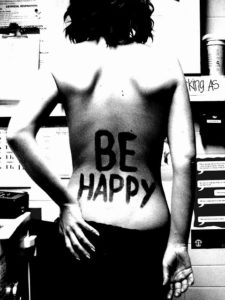


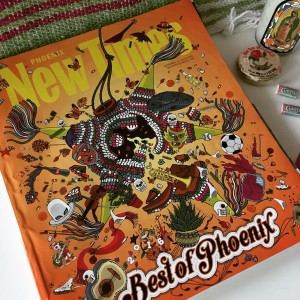
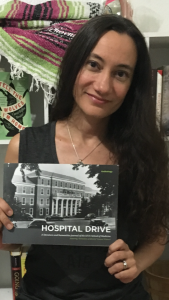
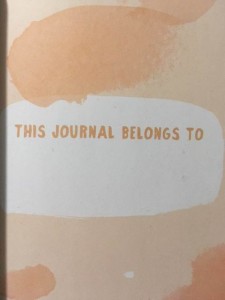
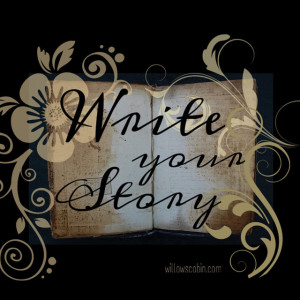
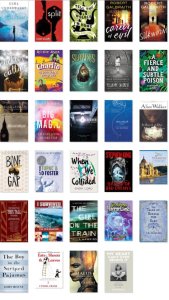
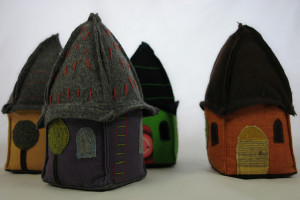
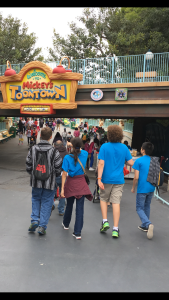


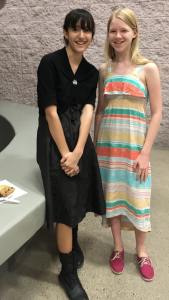
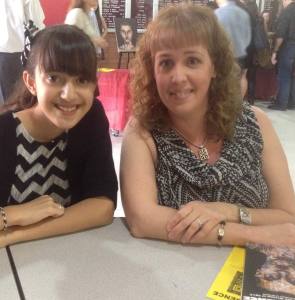
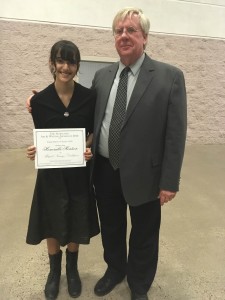
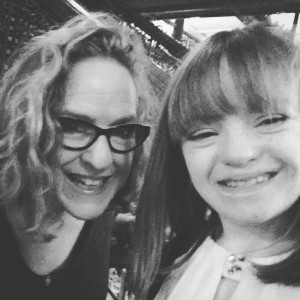
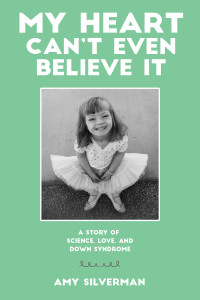
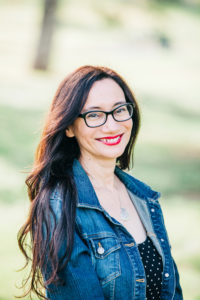
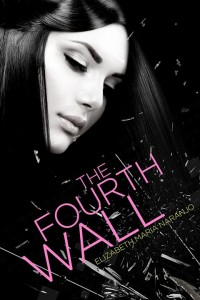











Connect With Me